ANCIENT ROME
“Join me on a tour of one of the most ancient cities in Europe…”
If you are interested in a tour and don’t quite know where to start, there is nothing to worry about. I will help you organise a trip which aligns perfectly with your needs and preferences. If you would like to know more about the over 2000-year-old sites that used to make up this grand, ancient capital of the Roman Empire, then feel free to contact me or leave a comment below and I’ll answer any of your questions as soon as possible.
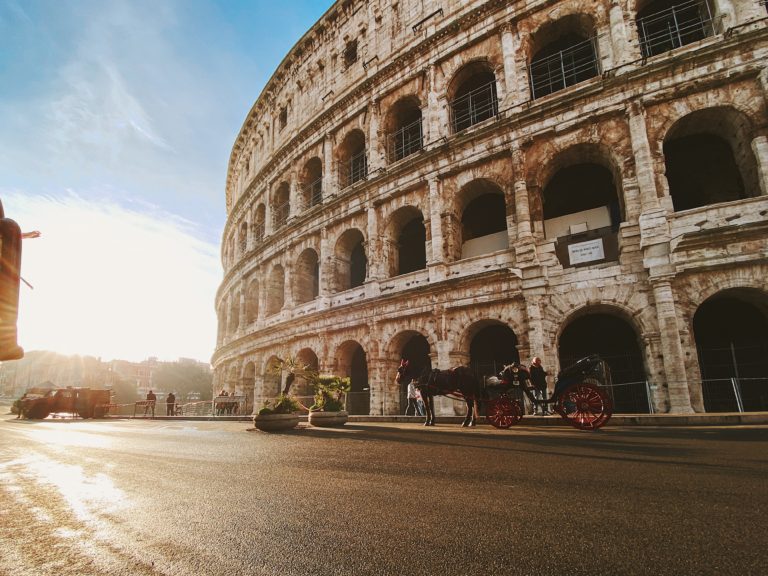
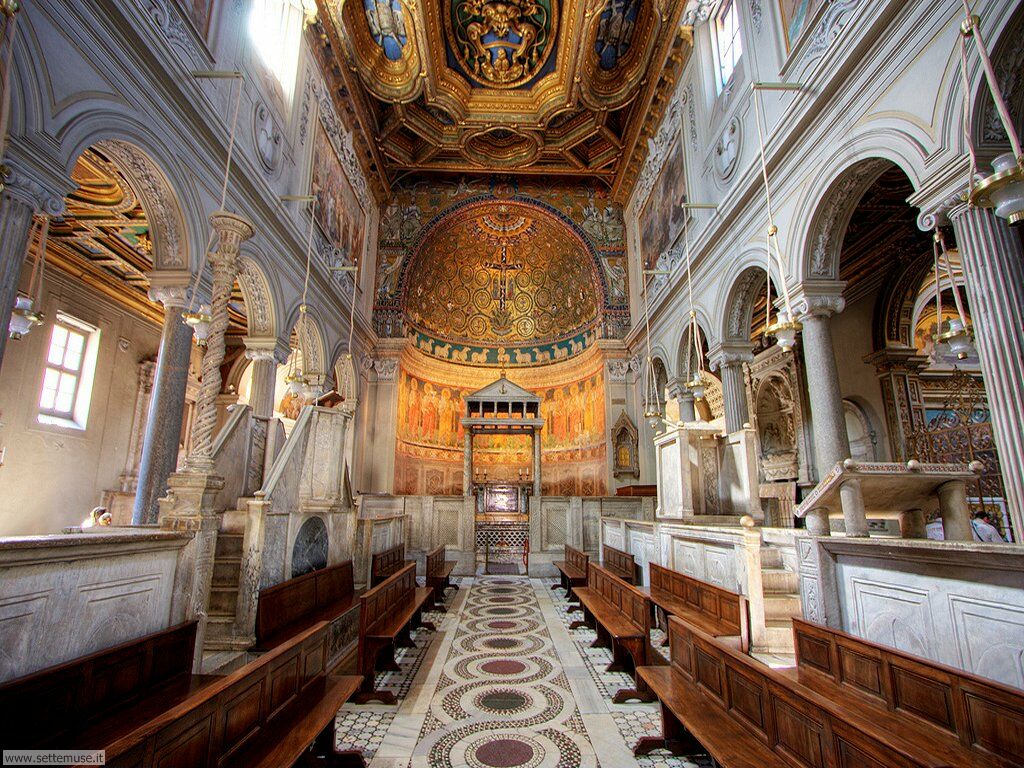
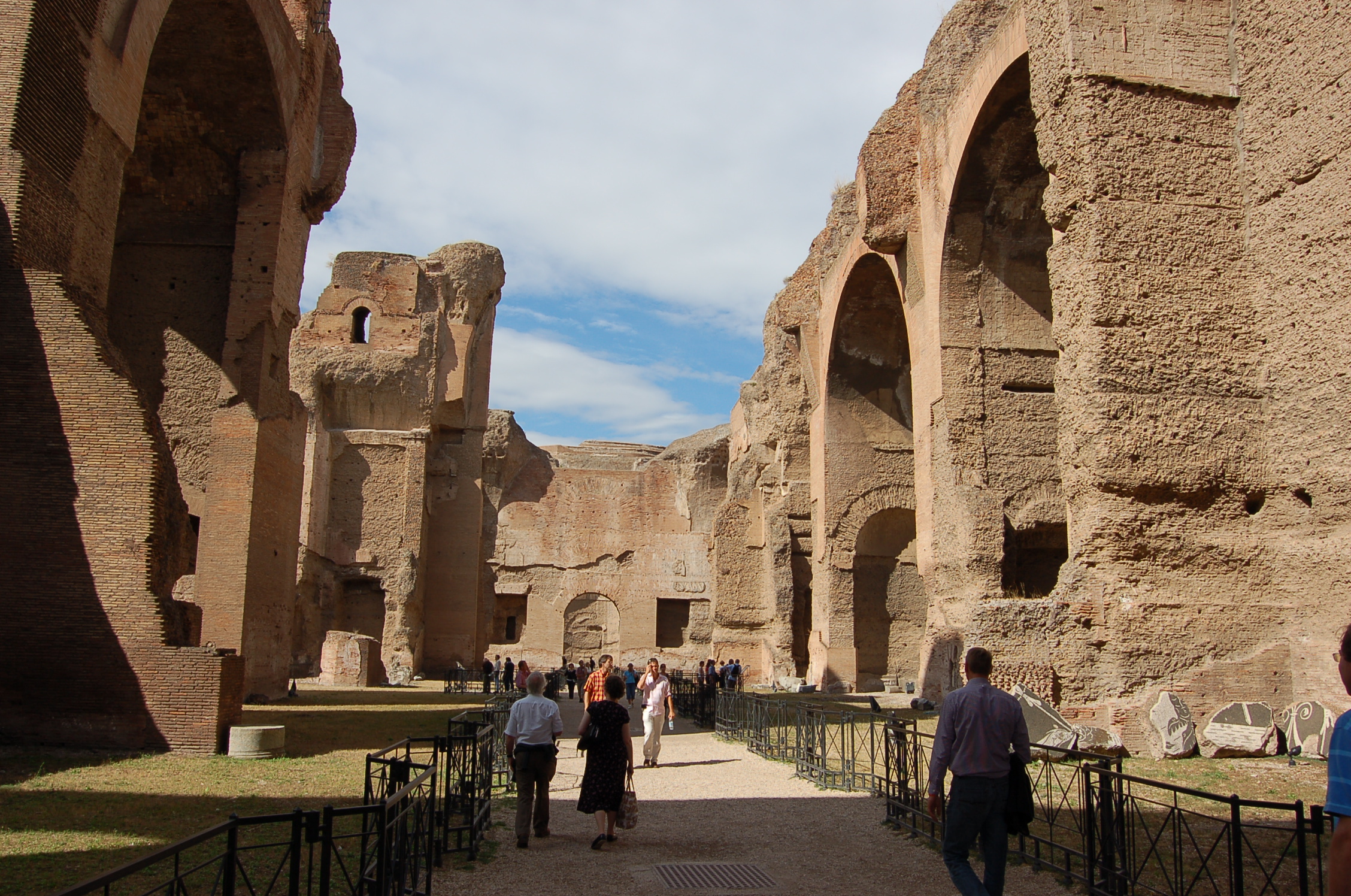
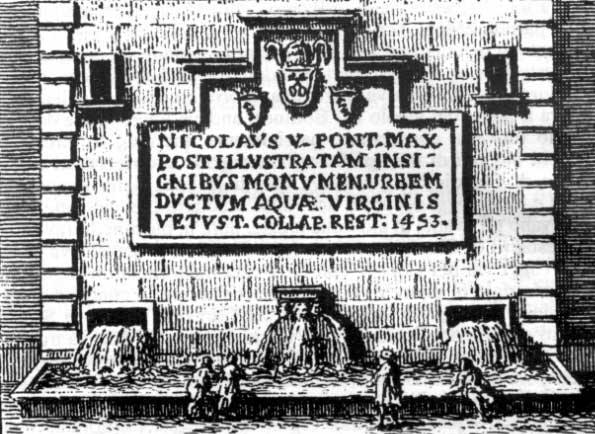
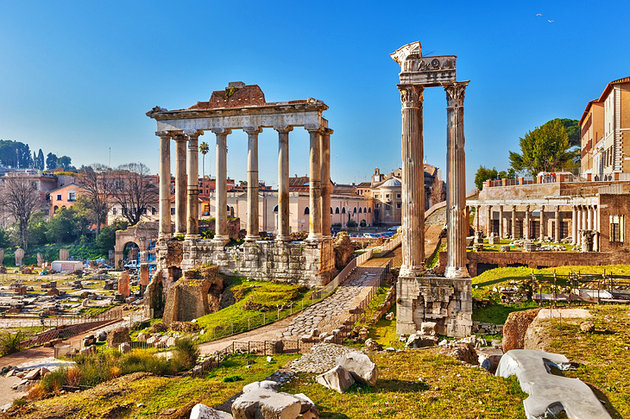
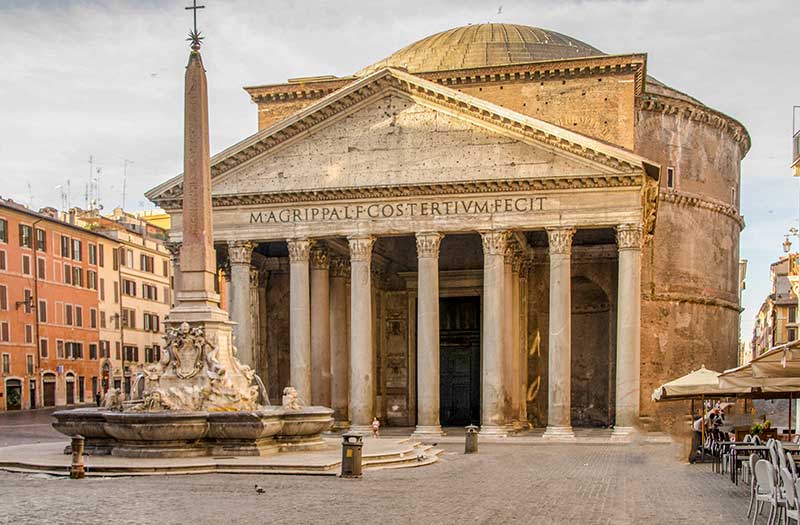
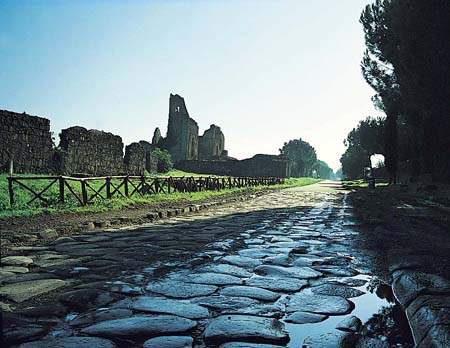
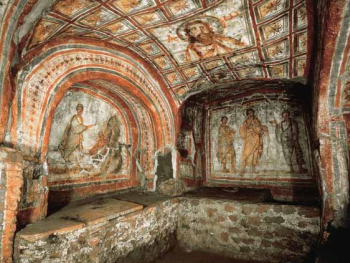
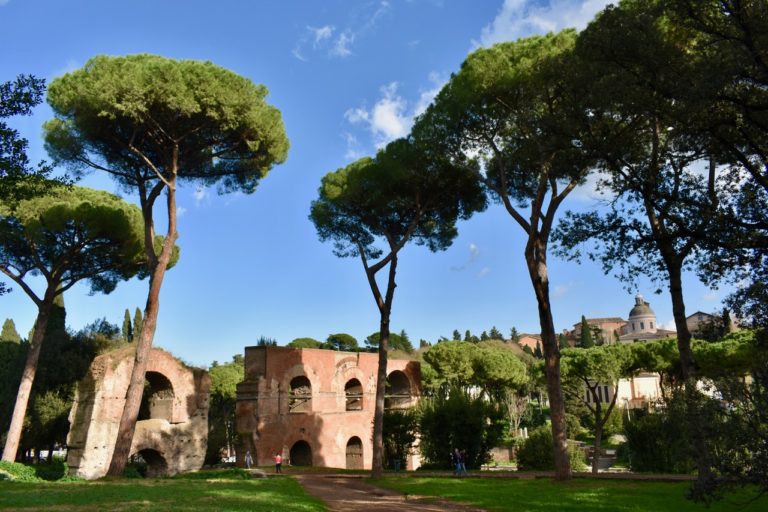
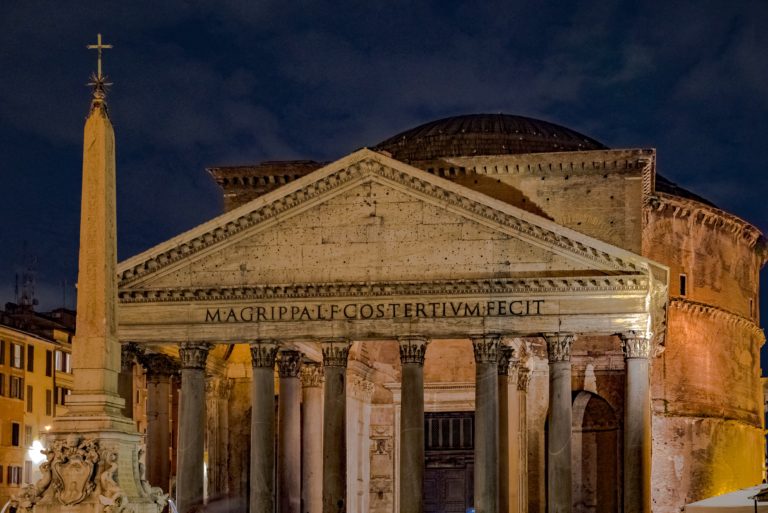
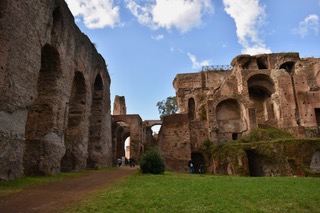
“The tour…”
When one says they’ve taken a trip to “Ancient Rome”,the person means to say they’ve been to a series of monuments and sites that have stood for over 2000 years and paint us a picture of the former capital of the world, describing how it once functioned, developed and how it affected the modern world we know today with fundamental infrastructures, political ideals and much more. Therefore, there are numerous places to see and ways for you to learn more about the grand metropolis in its golden era.
However, as time is of the essence and visitors are typically interested in the sites mentioned hereafter, a typical tour with me will include a visit to:
The Colosseum
The Roman Forum
The Pantheon
Campidoglio Square
This tour will give you a general idea of the city and leave you satisfied but depending on your preferences and the time at your disposal, there are quite a few other places worth visiting. If you would like to get a more complete picture of the ancient capital we can also take a trip to:
The Catacombs
Caracalla’s Baths
Appia Antica (where you will also see Cecilia Metella and Romolo’s Mausoleum)
San Clemente’s Basilica
Castel Sant’Angelo
Costanza’s Mausoleum
And the list goes on…
“That sounds like a lot of places… Will we be able to visit everything?”
Even in winter, there is nothing quite like taking a nice stroll through the ancient city on a typically sunlit day. However, please keep in mind that as monumental as it may be, Rome is also a large city and therefore commuting from one place to the next in a timely and relaxed fashion may not be possible, especially if you intend to visit all the sites I’ve mentioned above within a single day. So depending on whether you are interested in a half or full day tour, we may be able to see more or fewer sites.
If you would like to get the most out of our time together, I will gladly provide us with a personal driver and guarantee that you will see far more than you would be able to on foot. You will also enjoy comfortable transfers from one location to the next, leaving you more energized and attentive to take in each and every part of this breathtaking tour at your own pace.
“Read on to know more about Ancient Rome…”
THE COLOSSEUM

Located just east of the Roman Forum, this massive stone amphitheatre known as the Colosseum was built around 70-72 AD under the order of Emperor Vespasian of the Flavian dynasty. The emperor had it commissioned as a gift to the Roman people and in 80 AD, Vespasian’s son, Titus, launched the opening of the Colosseum giving it its official name, the Flavian Amphitheater. Rome celebrated with 100 days of games, consisting of gladiatorial combats and wild animal fights. After four centuries of ceaseless use, the magnificent arena fell into neglect. Up until the 18th century it was turned to as a source for building materials, explaining why a lot of it is missing today. However, even though two-thirds of the original Colosseum have been destroyed over time, the amphitheatre remains a popular tourist destination, as well as an iconic symbol of Rome and its long, tumultuous history.
THE ROMAN FORUM
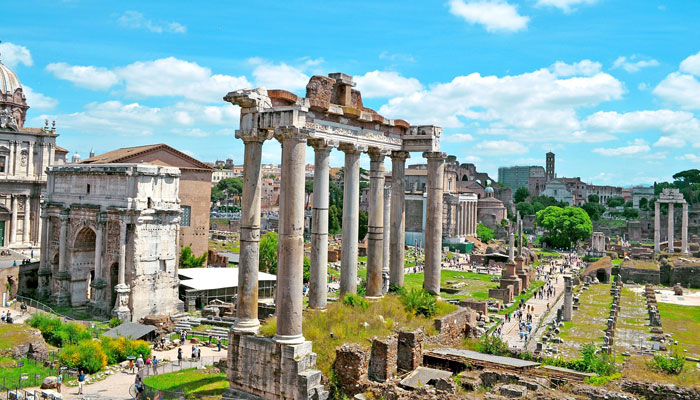
The Roman Forum was not just the core of an ancient city; for many it was the centre of the universe. From the birth of the empire under Augustus in 31 BC, to nearly 500 years thereafter, Rome ruled most of what we call the civilised world. From south to north and east to west, the Roman Empire was in control.
From here they controlled the known world by setting in place legal and military systems, and giving us the word ‘forum’ which came to be known as a place of debate, discussion and decision. Julius Caesar moved his residence there in 45 BC as an arrogant demonstration of his absolute power and one that would lead to his downfall along with that of Rome. The remains of the grand Roman Forum can still be seen today, along with the socio-political teachings it has contributed to our modern world.
THE PANTHEON

The Pantheon is one of the most preserved buildings of ancient Rome. It was a temple dedicated to all the gods of pagan Rome. The brick stamps on the side of the building read that it was built and dedicated between 118 and 125 AD. It was the emperor Hadrian who had the pantheon built to replace Commander Marcus Agrippa’s original temple which burned to the ground in 80 AD. In fact, the inscription at the front of the Pantheon still reads the original dedication by Marcus Agrippa: “M. AGRIPPA.L.F.COSTERTIUM.FECIT” , meaning “Marcus Agrippa son of Lucius, consul for the third time, made this (building)”. This led to confusion as to who had the Pantheon built as it stands today but now we know it was of Hadrian’s making. The triangular section above the inscription is blank today but there would have been a sculpture that acted out the battle of the titans. The great bronze doors guarding the entrance would have been covered in gold as well but it has long since disappeared. Nonetheless, it remains highly preserved and only exists in such upright form today because the Byzantine emperor, Phocas, gave it to Pope Boniface IV in 608 AD to be used as a church. The Pantheon has been in use since the time it was built.
CAMPIDOGLIO SQUARE
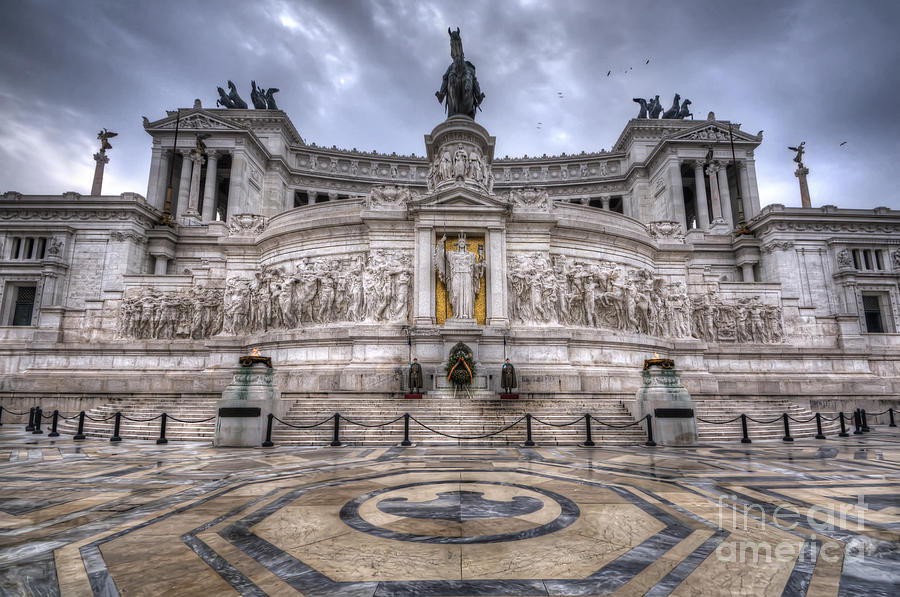
Campidoglio, or Capitoline Hill, is one of the seven hills Rome was founded upon and has been fundamental to the city’s government for more than 2,000 years. Michelangelo was asked to give the ancient site a new look in 1538 because it had been used as headquarters for the Roman guilds during the Middle Ages and required a major reconstruction. The artist began his work on the main square, reshaping it as an oval to create symmetry and then added a third structure, the Palazzo Nuovo. He also re-sculpted the base of the 2nd century A.D. statue of Marcus Aurelius (which has since been transferred into the Capitoline Museums nearby). Although the piazza wasn’t finished by the time Michelangelo passed away, it was completed in various stages throughout the next 100 years by using his designs. In 1940, Benito Mussolini had the final element of Michelangelo’s plans installed; a brilliant star-burst pattern in the pavement.
THE CATACOMBS

If you are interested in seeing catacombs (ancient underground burial grounds), then come to Rome, home to some of the oldest and longest cemetery tunnels in the world. Hundreds of kilometres of catacombs run underneath the town and its outskirts. Some of the networks are well known and open to visitors, while others have only been scarcely explored. There are probably still a lot of catacombs to be discovered. The oldest tunnels date back to the 1st century. The Jewish community in Rome had built them as cemeteries before they turned into Christian catacombs about a century later. Unlike many historians’ opinions in the past, these catacombs were not secret meeting places to survive persecutions but rather burial tunnels, like the Jewish ones. They used to grow larger and larger around the tombs of saints because people asked to be buried near their religious leaders, therefore making up for their size.
CARACALLA'S BATHS
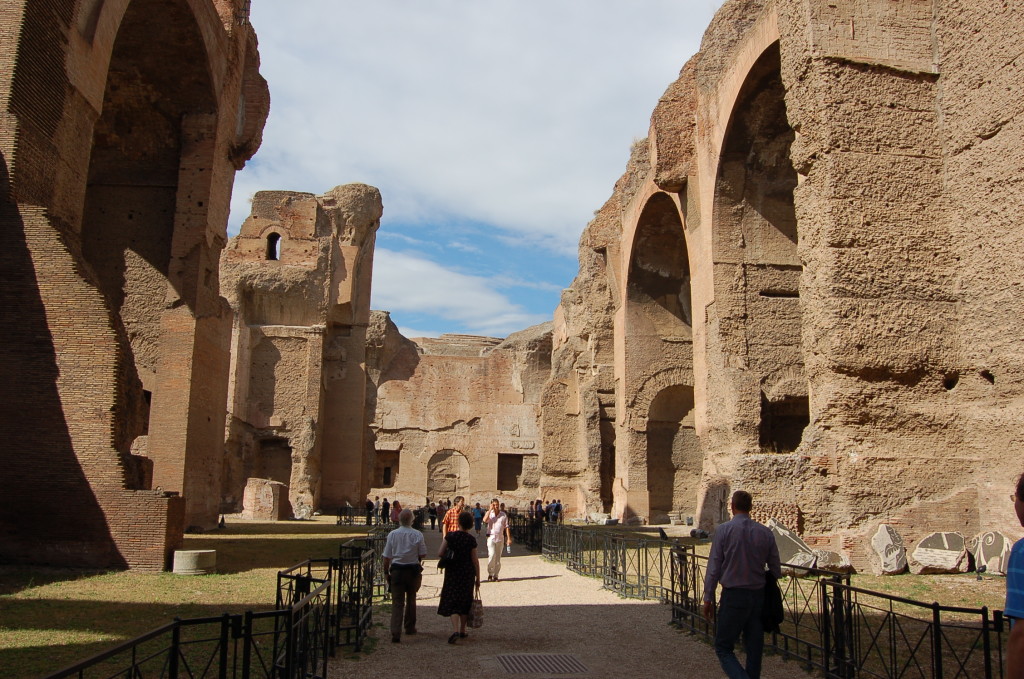
Not far from the Circus Maximus and the Colosseum, at the foot of the Aventine Hill, are the Baths of Caracalla, one of the largest and most fascinating monumental buildings of ancient Rome. The baths (“terme” in Italian, meaning “hot springs”) were a public bathing facility and one of the main forms of entertainment in Rome. However, the baths weren’t only for bathing, sports and personal hygiene but were also places to meet, stroll and study. As the name suggests, it was Emperor Caracalla who had them built in the 3rd century AD, locating them in the southern part of the city. To bring water to the enormous construction, he had a special branch built off an aqueduct. The huge project was completed in only 5 years thanks to the sophisticated technology of their time and unfortunately, hundreds of slaves. The Latin author Polemius Silvius called the baths of Caracalla one of the seven wonders of Rome. They could hold up to 1600 people and the structures that survive today are still extraordinary, even though the fundamental element, water, no longer flows within them.
Appia Antica (Including Cecilia Metella and Romolo's Mausoleum)

The Appian Way or “Via Appia Antica” is one of the most famous ancient roads in the world. Built in 312 B.C. by Appius Claudius Caecus, it went on for 350 miles (563km). It stretched from the Roman Forum, right in the heart of Rome, to modern day Brindisi. It was made up mostly of large stones and cemented with a softer gravel. The Appian Way was a crucial route for Rome as it allowed trade and access to the east, specifically Greece. It might be most famous for its role in the slave revolt lead by Spartacus in 73 B.C. After the Roman army subdued the insurrection, they crucified more than 6000 slaves and lined the Appian Way for 130 miles with their bodies. The Appian Way is still visible today and many significant tombs and architectural sights line its borders. Amongst the most impressive tombs are those of Cecilia Metella and Romolo, one of the two founding brothers of Rome. The Appian Way is so rich in history and significance and is an invaluable experience. It is said to be the road on which Peter had his vision of Christ and headed back to the city of Rome to be persecuted.
SAN CLEMENTE'S BASILICA
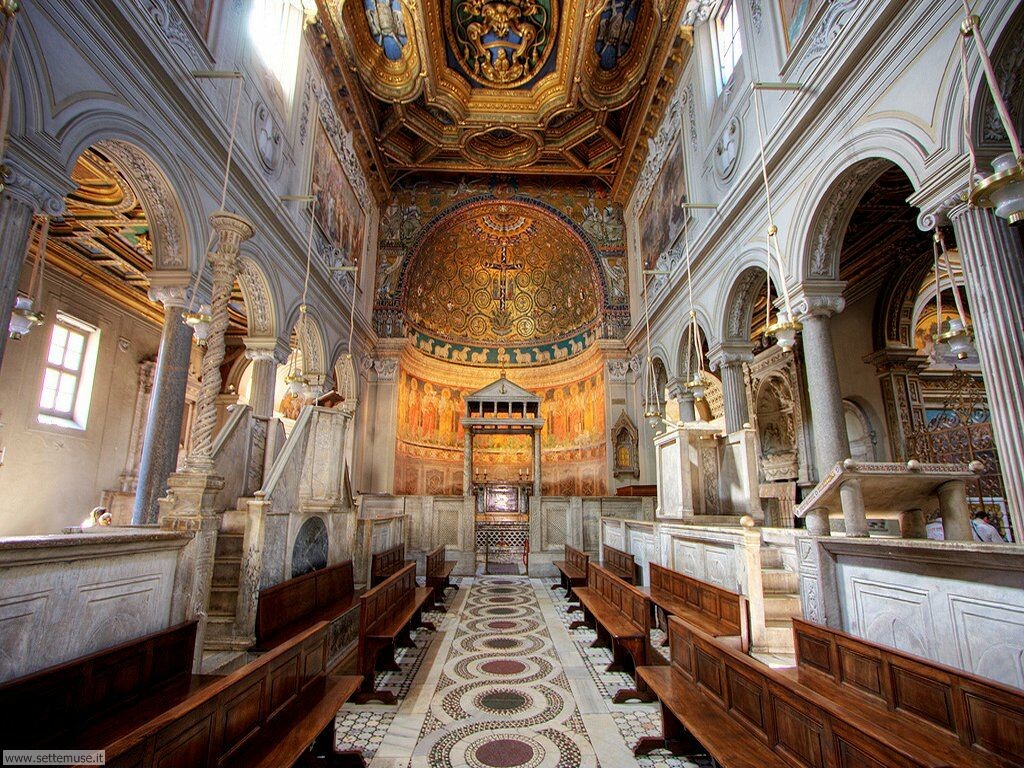
Saint Clement’s Basilica or “San Clemente” provides an opportunity to travel back through three layers of history. At street level, there is a 12th century church; underneath it lies a 4th century church; and below that are ancient Roman buildings, including a Temple of Mithraic worship (a sanctuary of worship to a Persian sun god) from the 2nd century BC. The “Mitreo” eventually became a “Domus ecclesia”, a clandestine Catholic sanctuary, as the practice of Catholicism was only legalized in 313 AD. This is where the first Christians secretly officiated their rites. When England outlawed Catholicism in Ireland in the late 17th century, Irish Dominican friars were offered to resettle in this basilica by Pope Urban VIII. It is thanks to them and a group of Italian students that almost all areas and layers of the church can now be visited as they oversaw excavations which began in 1857 and lasted well into the 20th century. Today’s basilica is still home to Irish Dominicans and is beautifully decorated with 12th-century mosaics, but what makes it especially worthy of a visit are the unexpected surprises lying underneath it.
CASTEL SANT'ANGELO
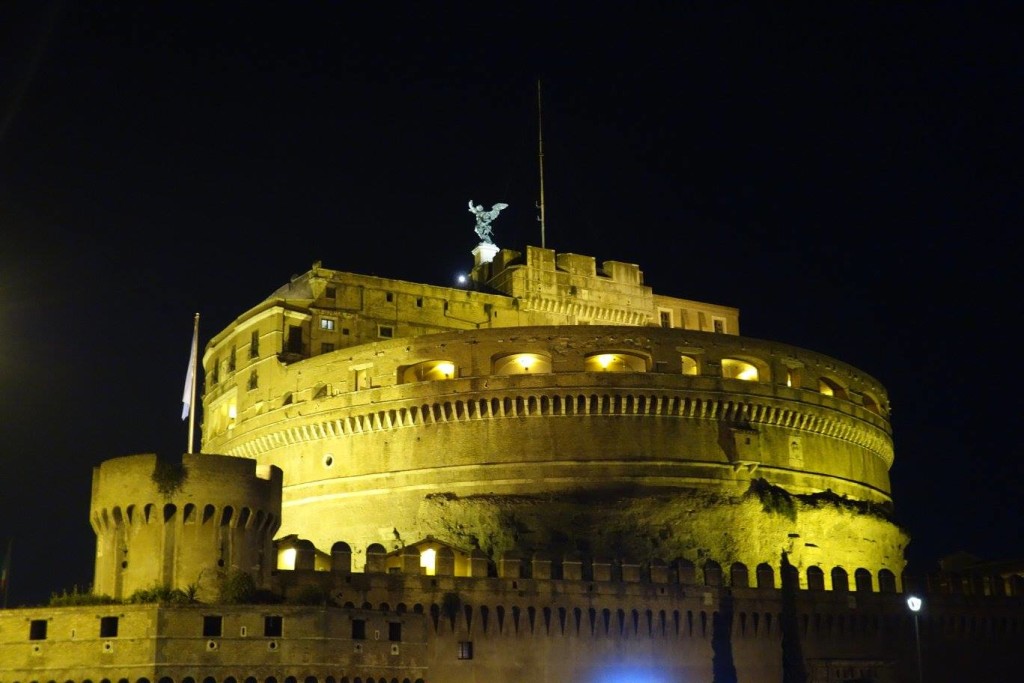
Known as a once powerful guardian of the most sacred place in the city, Castel Sant’Angelo has towered over the Tiber for almost 2000 years. It was first seen as a symbol of Rome’s imperial power and later became a papal fortress but today it is a museum. The stones that form this once tallest building in Rome tell a story of stratification, transformation and fascinating events that have occurred over the centuries. It was built in 123 AD by Emperor Hadrian as a monumental tomb for himself and his family. The land on which it was built had been used for burial purposes since ancient times and its strategic location next to the river made it a favourable setting. It was connected to land by a bridge named “Aelius”, one of the names given to the emperor. Hadrian died before the construction was finished and left it to emperor Antoninus Pius to complete it and eventually use it as a tomb for his own family and son, emperor Caracalla.
The monument consisted of three blocks on top of each other and must have been an monumental sight. On its highest peak there was a statue of Hadrian, dressed as the sun god, driving a bronze, four-horse chariot. In the Middle Ages, its function was completely altered as the enormous mausoleum was turned into a fortress and modified many times over the next ten centuries. At the time it was common practise to integrate Roman monuments into parts of the city’s walls as to reinforce certain portions or even use them as military outposts. It was no surprise that Emperor Aurelian made it part of the new system of walls and towers around the city in 271 AD.
Costanza's Mausoleum
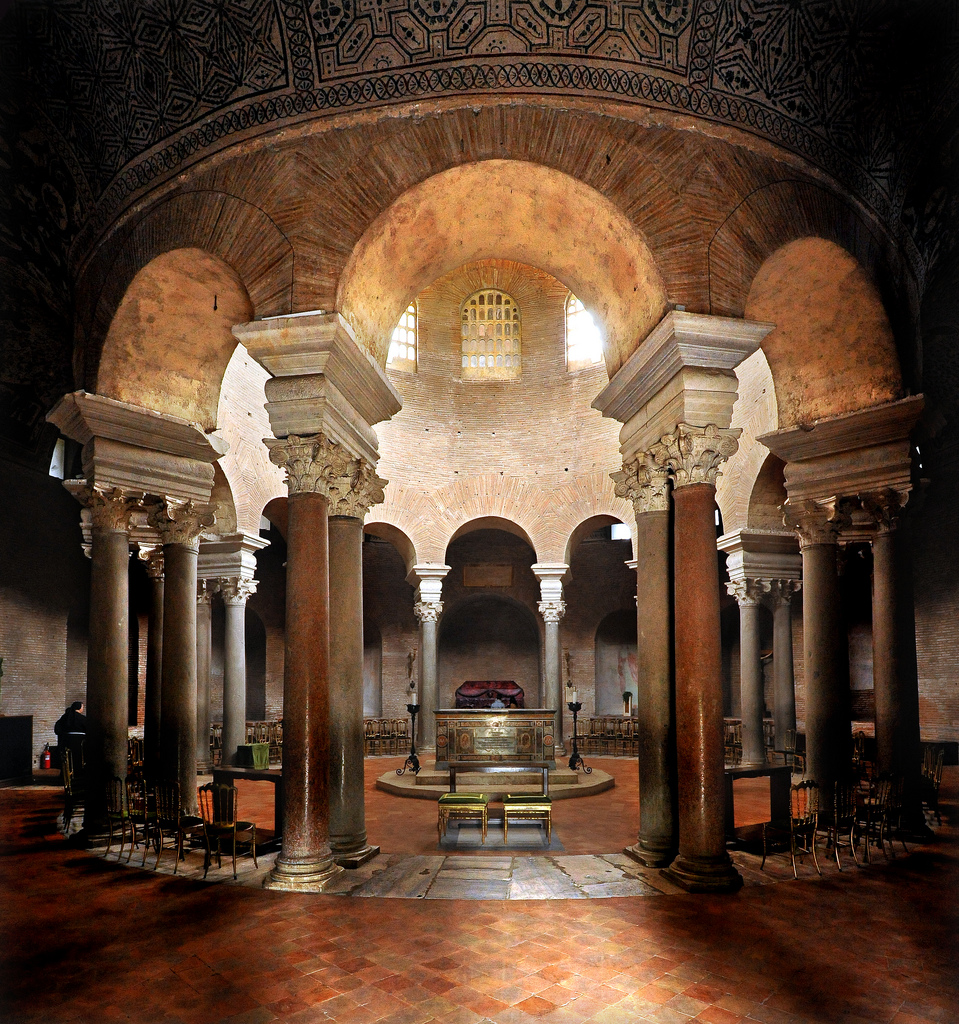
Costanza’s Mausoleum, which only became an official church in the 13th century, is home to some of the earliest Christian art in the world. It is believed that the mausoleum was built for Costanza by her father, Emperor Constantine, shortly after he had legalized Christianity. However, in reality it was more likely to have been built for her younger sister Helena, while Costanza’s body was only transferred there to lie with her afterwards. Aside from its undoubtedly important royal history, the mausoleum’s ancient mosaics illustrate an interesting shift from pagan to Christian art, depicting how heavily the early Christians were still leaning on pagan traditions. The mosaic scenes of grape harvesting and the details of peacocks, amphorae, and vines all had their roots in pagan art. This was mostly due to Constantine’s policy in adapting pagan traditions to the new, Christian ideas which was a fitting symbol of the empire’s politics at the time.
I hope these general descriptions give you a good idea of how much there really is to see here in Rome! If you’re ready to plan your trip and discover more about Ancient Rome then contact me or leave a comment below and I’ll answer any of your questions as soon as possible.
Comments are closed